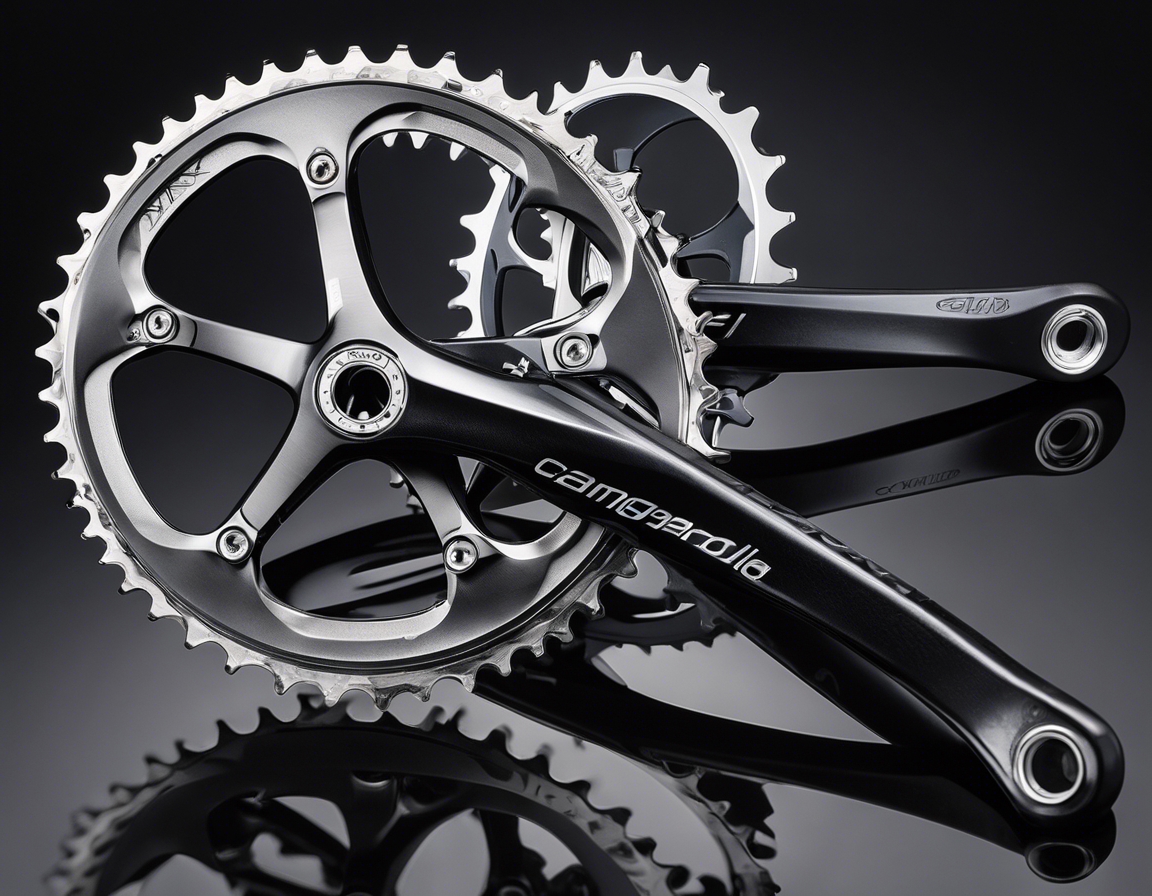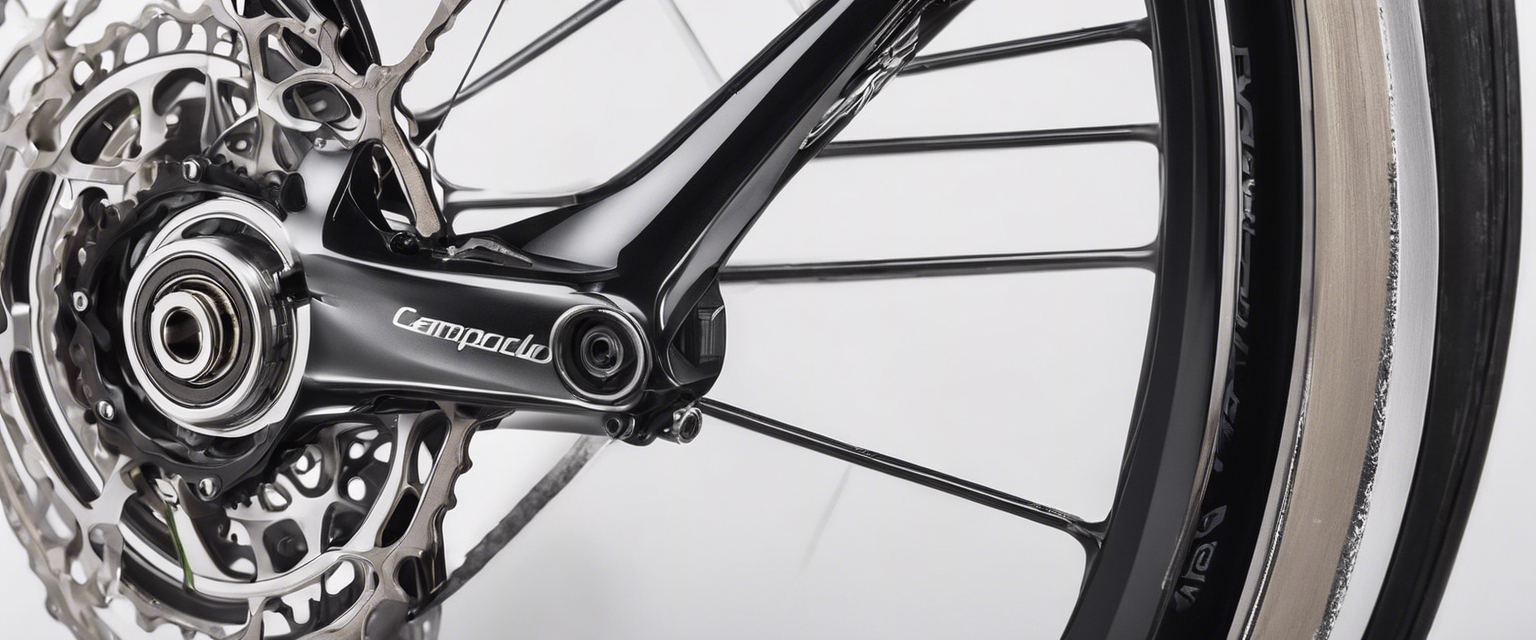5 tips for choosing the perfect bicycle tire
Choosing the right bicycle tire starts with understanding tire dimensions. The diameter of your wheels is the first measurement to consider. Common sizes include 26", 27.5", 29", and 700c. After determining your wheel size, you'll need to look at tire width. Narrow tires are typically faster and lighter, while wider tires provide better traction and stability.
Each bicycle type has a standard wheel size associated with it. Make sure the tire you choose matches your wheel's diameter.
Consider the width based on your riding style. Road bikes usually have tires ranging from 23mm to 32mm, whereas mountain bikes have wider tires from 1.8" to 2.4" or more for added grip.
Consider the Terrain
The terrain you plan to ride on significantly influences your tire choice. Different surfaces require different tire characteristics for optimal performance.
Road tires are designed for pavement and have a smooth tread pattern for less rolling resistance.
Mountain bike tires have a more aggressive tread pattern for off-road traction and stability.
Hybrid tires are a compromise between road and mountain bike tires, suitable for mixed terrains.
Tread Pattern Matters
The tread pattern on your tires can greatly affect your bike's handling. Slick tires are best for smooth surfaces, while knobby tires are designed for off-road conditions.
Slick tires have minimal tread and are ideal for achieving high speeds on roads.
Knobby tires with large treads are perfect for gripping loose surfaces on trails.
Materials and Durability
The material of your bicycle tire affects its durability and performance. Higher quality rubber compounds offer better grip and are more durable.
Soft rubber compounds provide more grip but may wear out faster, while harder compounds last longer.
Look for tires with built-in puncture-resistant layers if you frequently ride in areas with thorns or debris.
Tire Pressure and Ride Quality
The pressure you inflate your tires to can change the way your bike handles and feels. Higher pressures reduce rolling resistance but can make for a harsher ride.
Follow the manufacturer's recommended tire pressure for the best balance between speed and comfort.
Lower tire pressures provide a more comfortable ride but may slow you down. Find the right balance for your riding style and comfort level.






Comments (0)